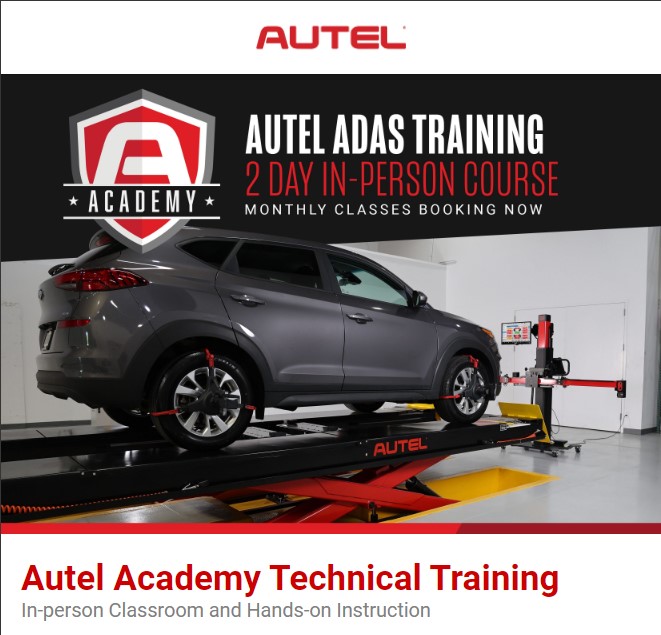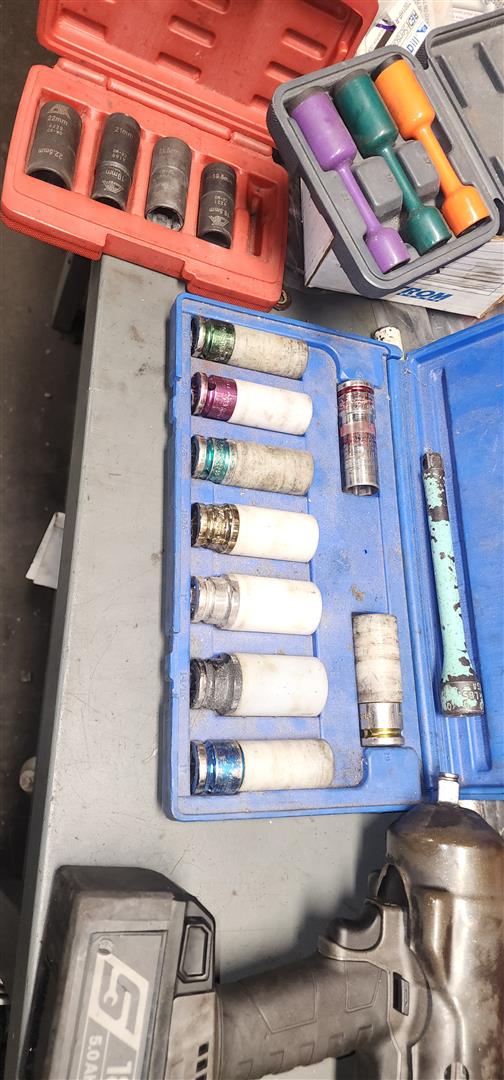Posted on 6/21/2023

Here are the proper steps to perform alignment and ADAS calibration: Preparation. Make sure the vehicle is on a level surface and the tires are properly inflated. If the vehicle has ADAS features, such as lane departure warning or adaptive cruise control, you will need to disable them before starting the alignment. Wheel alignment. This is the process of adjusting the angles of the wheels so that they are aligned properly with each other and the road. The alignment angles that are typically adjusted include camber, caster, and toe. ADAS calibration. This is the process of adjusting the sensors on the vehicle so that they are properly aligned with the road. The sensors that are typically calibrated include cameras, radar, and ultrasonic sensors. Post-calibration test drive. After the alignment and ADAS calibration are complete, you should take the vehicle for a test drive to make sure that the vehicle is driving properly. Here are some additional tips for performing alignme ... read more
Posted on 6/21/2023

Torque specifications and sequence are important on vehicles because they ensure that the fasteners are tightened in the correct order and to the correct amount of force. This is important for a number of reasons, including: To prevent loose or overtightened fasteners. Loose fasteners can vibrate loose and cause damage to the vehicle, while overtightened fasteners can damage the threads or even break the fastener. To ensure proper alignment and function of components. Many components on a vehicle, such as the wheels, brakes, and suspension, rely on proper alignment and function. If the fasteners are not tightened in the correct sequence, these components may not be aligned properly, which can lead to premature wear, vibration, or even failure. To ensure safety. Loose or overtightened fasteners can pose a safety hazard. For example, a loose wheel can come off the vehicle while driving, while an overtightened lug nut can cause the wheel studs to break. Here are some of the co ... read more